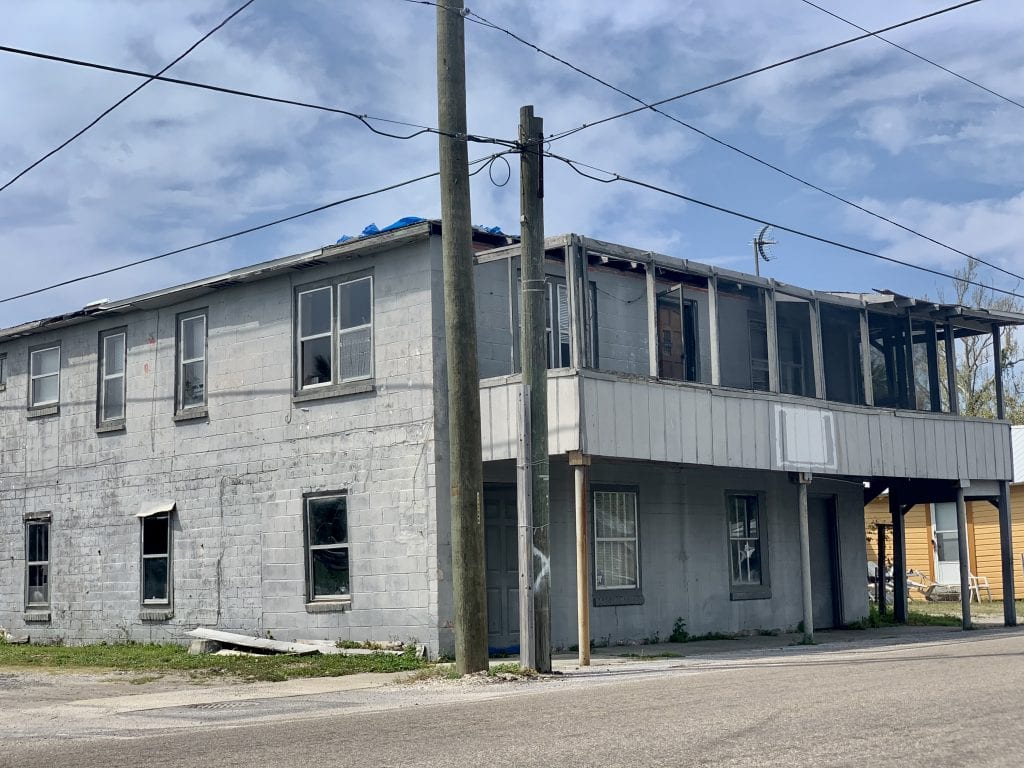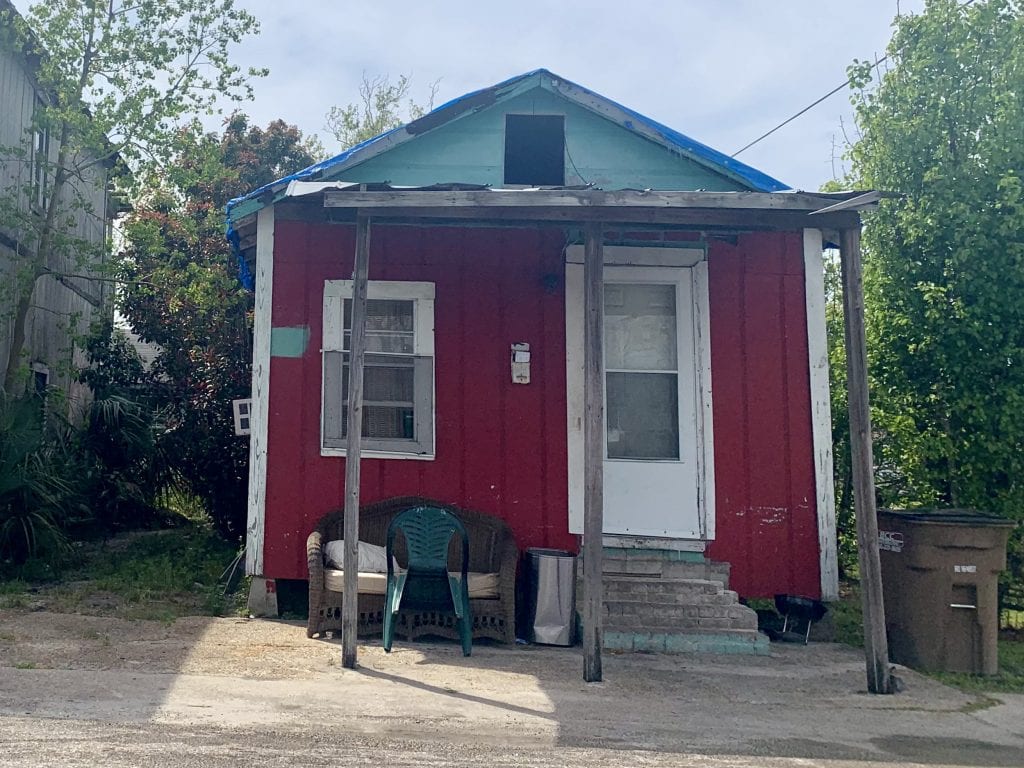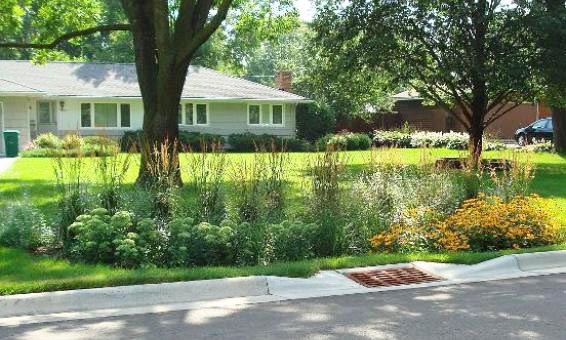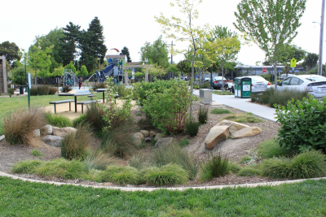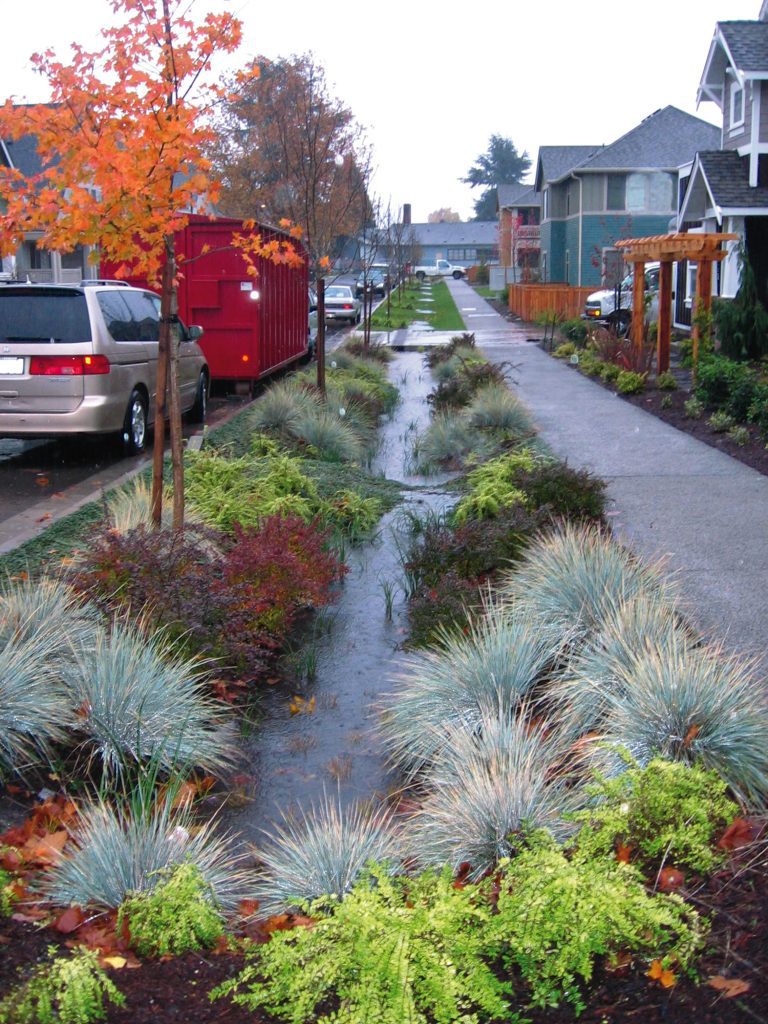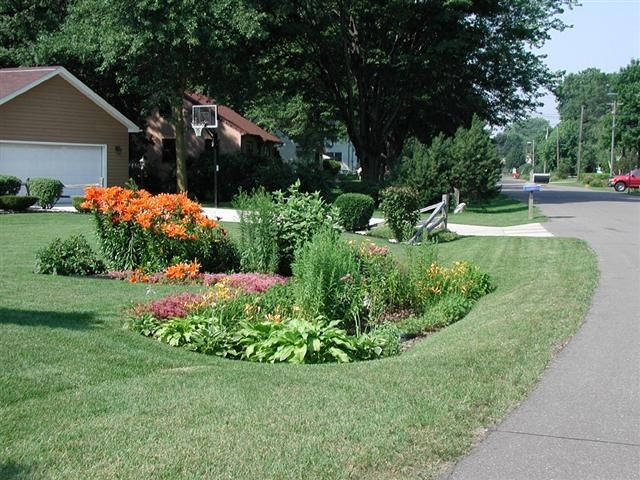
Community Workshop
The North Port St. Joe Project Area Coalition (PAC) presented a Community Workshop in North Port St. Joe. Led by the University of Florida’s Florida Resilient Cities (FRC) program, partnering with the Florida A&M University Architecture program and faculty from across UF’s College of Design, Construction and Planning, the workshop leveraged ongoing university research and outreach efforts sponsored by the Jessie Ball Dupont Fund, the U.S. Economic Development Administration (EDA), and the U.S. Department of
Housing and Urban Development (HUD), and partnered with additional expert and community stakeholders to provide innovative housing, landscape, and public policy solutions to residents of North Port St. Joe (NPSJ). Working with teams of university students, faculty, invited guests, and community members, the workshop investigated and proposed solutions to community challenges across a range of four main themes.
Modular Housing Team Vision
The main aim for our team is to identify the modular housing design options that can meet Port St. Joe community members needs for housing which is affordable, rapidly constructed, resilient, and energy efficient homes.

Workshop Objectives
- Work with community volunteers on site specific housing concerns and opportunities for a new single-family modular home.
- Team will work with the CORE+ model to design, specify, and price the home in each of 6 sites.
- Work with clients to fit the home to their space needs, site conditions, and budgets.
- Coordinate with the City of Port St. Joe to ensure that the home meets all local zoning and building codes.
- Work with external funders including HUD to determine a path forward for the CORE+ model in North Port St. Joe
Workshop Outcomes
- Receiving valuable feedbacks from the North Port St. Joe community along with the Core+ design process.
- The core+ could be considered as the first essential step to the community housing challenges and have the potential for development by the owners through the time.
- The long-term view of the Core+ is considered as a characteristic of resilience community
Workshop Process
The design development starts with conversation with community members as potential clients to understand the needs of the community. Six potential sites were suggested by the community members and the design team evaluated the flood zone and other site conditions. Then the design team developed the specific plans shaped by the Core+ for each of the six sites and various building options were discussed with the community members. The team received valuable feedbacks from the active community members. Each sites with different orientations and specification and owner’s requirement was modeled and the cost and energy consumptions was estimated.
Housing Policy Team Vision
Residents of North Port St. Joe face challenges with home and property ownership, maintenance and repairs, access to capital, and limitations for wealth-building and growth. Homeowners and renters will be provided assistance to rehabilitate and rebuild their homes. In addition, they will develop a plan for homeownership, wealth-building, resiliency, and long-term funding options.
Workshop Objectives
- Reviewing Hurricane Michael post-disaster recovery policies affecting allocations for repairs and rebuilding
- Addressing residents’ understandings of the land development code
- Assessing redevelopment options at the parcel and neighborhood levels
- Listening to and collaborating with community experts to address other concerns around land tenure, housing policy, finance, and regulation
Workshop Outcomes
- Classified objectives with designated actions steps
- Identified potential funders and programs
- Identified potential partners
Workshop Process
Through discussions that were held with the North Port St. Joe community residents at the beginning of the Community Workshop, the project team identified further objectives. For each objective, the team coordinated with community experts and subject matter professionals so the team could help address concerns around land tenure, housing policy, regulation, and finance in the community. Through research and partnerships, the project team formulated a detailed list that comprised of next action steps, which support the North Port St. Joe Project Area Coalition with potential funding opportunities and collaborators.
Stormwater and Landscape Team Vision
Like many coastal communities in northwest Florida, North Port St. Joe frequently receives heavy rainfall that can cause flooding and damage personal property. The goal of this project is to characterize how stormwater affects North Port St. Joe and investigate how green infrastructure and nature-based projects could reduce impacts on people who live and work in the community.
The team’s goal was to identify opportunities for green infrastructure improvements in North Port St. Joe to reduce residential flooding, enhance community open space, & improve water quality.
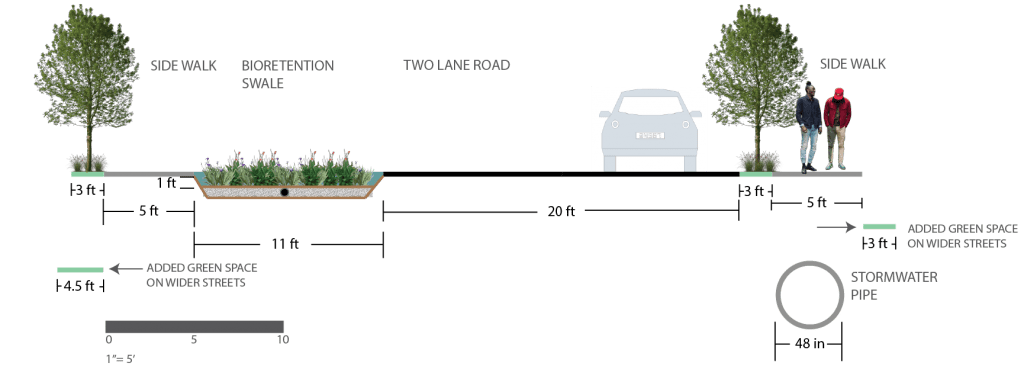
Workshop Objectives
- Document & analyze existing hydrologic & infrastructure conditions.
- Quantify the amount of water that needs to be captured to reduce stormwater flooding & runoff.
- Identify green infrastructure- based strategies to reduce flooding, improve water quality, & enhance community open space at the following scales:
- Neighborhood
- Street
- Parcel
Workshop Outcomes
- The 3-tier strategy includes developing stormwater capture and treatment at the neighborhood scale, street scale, and the parcel scale.
- Total project stormwater capacity is 7.05 million gallons.
- Design has potential to improve water quality through nutrient and other pollutant load reduction.
Workshop Process
Data describing the landscape and effects of rain on communities can come from several sources, from high-resolution digital elevation models to local knowledge based on decades of observations. Both play an important role in developing meaningful solutions that can improve conditions in the community. Our conversations with North Port St. Joe residents and review of recent datasets helped us to create a picture of flooding impacts and hydrologic constraints across the community.
Workshop Outcomes
Nature-based features to reduce flooding impacts come in a variety of shapes and sizes. Some, like rain gardens, can be small enough to fit in the corner of a backyard or church grounds, or large enough to cover an entire lot. Community gardens can take root in vacant spaces. Other features like swales or tree boxes can be placed alongside roads. Through our community workshops, planners and local leaders shared information about the landscape, local history, and stakeholder preferences, and used that information to identify projects to meet residents’ needs.
Mixed-Use Development on MLK Blvd Team Vision
The MLK Mixed-Development Team’s goal was to review and test the proposed plans with an eye towards appropriate interventions, scale, uses and connection with other themes such as housing and green infrastructure, to ensure that the proposed redevelopment provides as many opportunities for local growth and amenities for the community as possible.

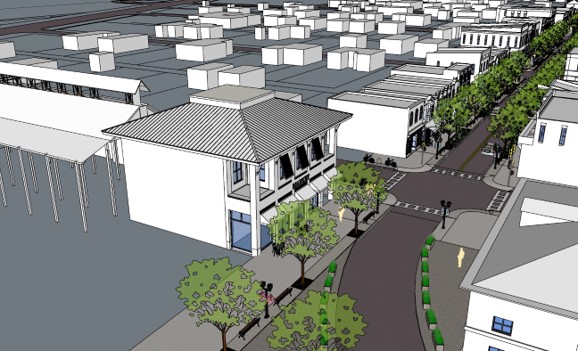
Workshop Objectives
- Prioritize walkability through streetscape improvements & funding
- Work with existing interests to create civic anchors at base of street
- Identify local businesses and create incubation and support strategy
- Combine stormwater strategy with public space for events and gathering
- Use gentle density to provide housing options and increase population.
- Find strategy to connect new development to the south.
Workshop Outcomes
Invest in infrastructure both physical and social to activate and support the community.
- Walkability
- Civic Anchors
- Small Business Development
- Gathering Space
- Gentle Density
- Regional Connection
Workshop Process
Community input and reviewing the previous redevelopment plan by the North Port St. Joe Project Area Coalition led the Mixed-Use MLK Blvd. team to focus on walk-ability, focus on civic anchors, support small businesses, create public spaces, promote gentile density, and to connect NPSJ to the south. Expanding sidewalks on streetscapes was also proposed.
